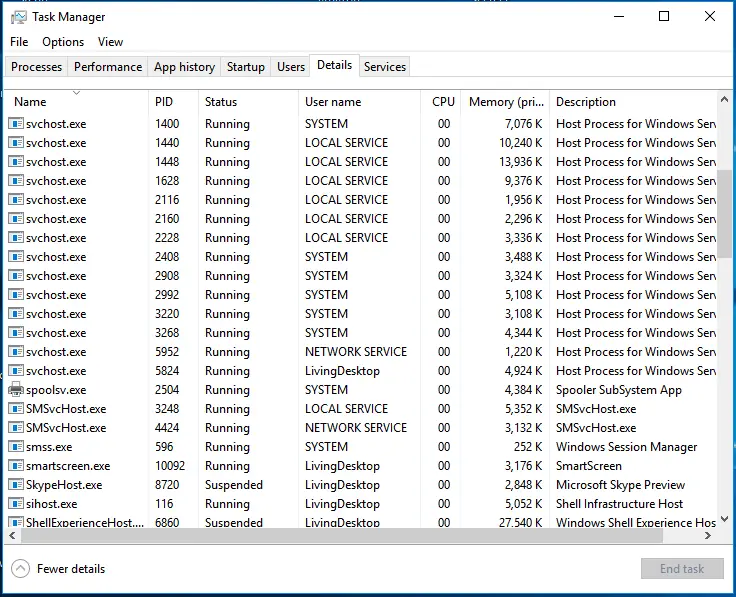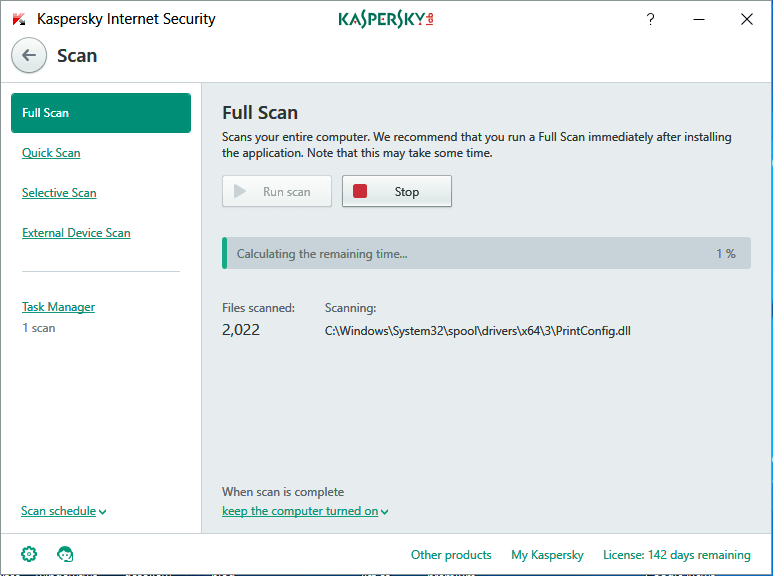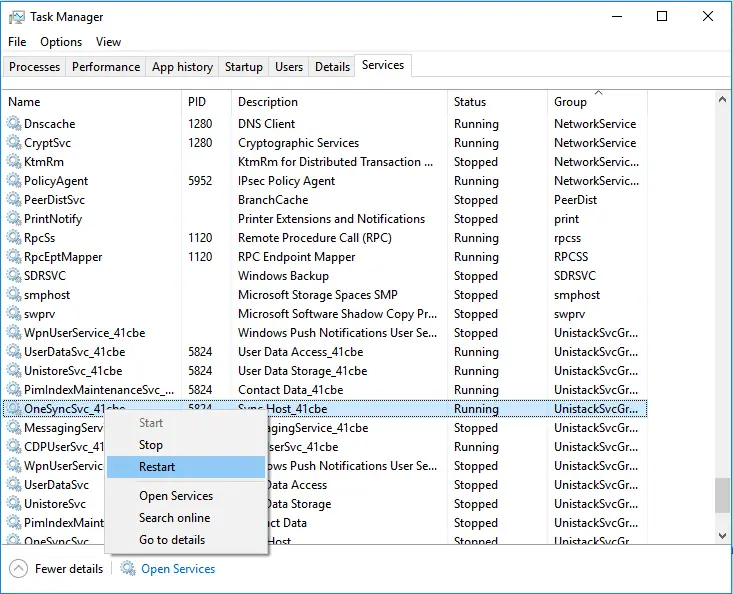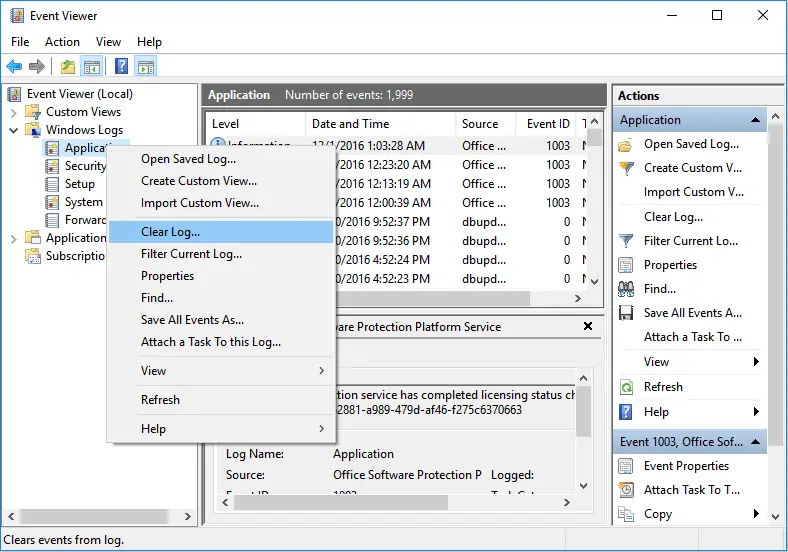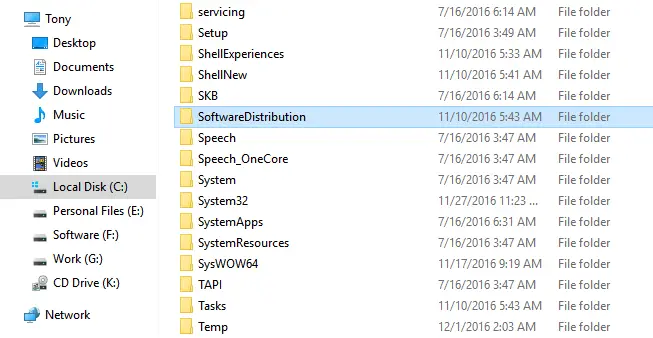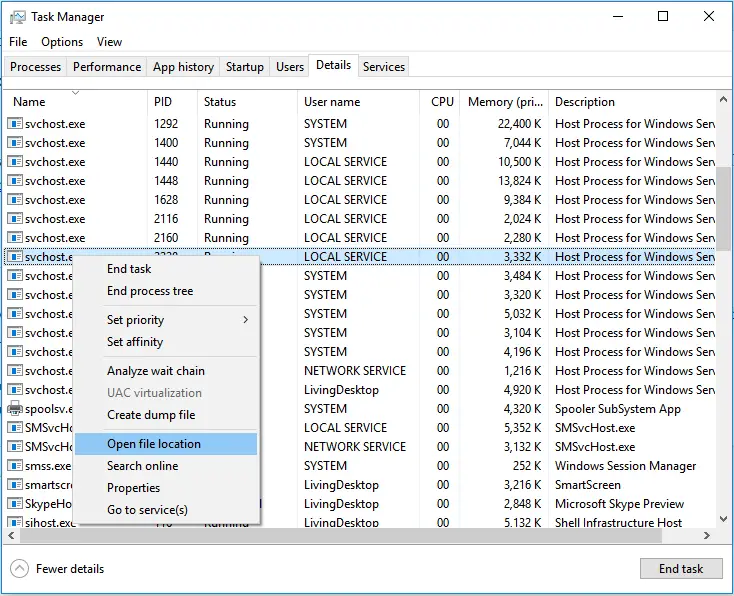Disclaimer: This post may contain affiliate links, meaning we get a small commission if you make a purchase through our links, at no cost to you. For more information, please visit our Disclaimer Page.
Why svchost.exe (netsvcs) high CPU usage problem occurs?
Have you ever wondered what svchost.exe is and why it is running on your Windows computer?
If you open Task Manager and look at the Processes tab, you may notice there is more than one svchost.exe running on your Windows PC, and you can’t just stop it by killing it within Task Manager.
So, what is it and why is it running on your computer? Is Svchost high CPU usage really a technical issue?
According to Microsoft, svchost.exe is a generic host process name for services, which run from dynamic-link libraries. Microsoft has moved all functions of Windows services into dynamic-link library files (the .dll file).
However, you can’t execute a .dll file directly from Windows. It must be loaded from an executable (.exe) application. That’s the reason why svchost.exe was born.
Table of Contents
Why is More Than One svchost.exe Running?
You might know Windows has a lot of services, and if you have ever looked at any of them, many of them are required when booting the Windows operating system (OS).
Therefore, if Windows only uses one svchost.exe instance to load all services, then failure might bring down the whole Windows system. In this case, Microsoft organized services into logical groups, and each svchost.exe will be created for each group.
Fix 100% svchost.exe (netsvcs) High CPU or svchost High Memory Usage Issue
In the past few weeks, I received many emails from users who are complaining about the svchost.exe process.
The thing is that it uses too much CPU or RAM resources, even when the computer does not run any applications.
Also Read: How To Fix MsMpEng.exe High CPU Usage Problem.
Based on my experience, in most cases, the reason behinds the svchost.exe (netsvcs) high CPU or memory usage problem is because your PC is infected by a virus or malware application. However, this issue can be caused by other factors:
- Windows Update.
- Full Event log file.
- Other programs.
- Windows services.
I have encountered the svchost.exe high CPU problem several times. Depending on the cause, you will need to use an appropriate solution to fix it.
In this article, I will show you a few methods where you can learn how to diagnose and troubleshoot svchost.exe (netsvcs) high CPU or memory usage problem, with detailed instructions.
1. Scan Your Computer for a Virus or Malware That Causes Svchost High CPU Usage
If your computer is affected by viruses, malware or any other malicious programs, the svchost.exe (netsvcs) process may use more CPU or memory resources than ever, up to 100%.
Therefore, before diagnosing and troubleshooting the svchost.exe high CPU usage problem, you should use antivirus software to do a full scan of your computer.
In case your PC is affected by malware, I would suggest you download RogueKiller or AdwCleaner to scan and remove malware out of your computer.
2. Disable Services That Causes svchost.exe High CPU Usage Issue
As I mentioned above, the svchost.exe process is required by many programs and services to assist them to run.
Therefore, if you want to find the reason why it uses a lot of CPU/RAM resources, you must find the program or service that runs under the particular svchost.exe process.
After that, disable the service or uninstall the program that caused the high CPU usage problem.
To determine the program or service that is using a lot of your CPU/RAM, follow these instructions:
In Windows 7:
- Press Ctrl + Alt + Del and then select “Start Task Manager“.
- Click on the Processes tab.
- Choose the svchost.exe process that is using too many resources on your computer.
- Right-click on it and choose “Go to service(s)“.
- It will automatically switch to the Services tab and highlight the service that uses the selected Svchost process.
- Press the Services button to access Windows Services.
- Locate the service that’s using the svchost.exe process and then right-click on it, and select “Restart” to reboot it.
In Windows 8, 8.1 and Windows 10:
- Press Ctrl + Alt + Del and then choose “Task Manager“.
- Click on the Details tab.
- Select the svchost.exe process that is using too many resources on your computer.
- Right-click on it and select “Go to service(s)“.
- It will automatically highlight the service that uses the Svchost process. Right-click on it, choose “Restart” to reboot the service.
After restarting, if the Svchost process is still using too much CPU/RAM resource, you should stop it. To do so, right-click on it, and choose “Stop“.
You can also disable a particular service by right-clicking it, and choose “Open services“.
Find it from the list of Windows services, and then double-click on it. Select “Disabled” from “Startup type” drop-down list. Then click on the “Apply” button, and then the “OK” button.
That’s it! The svchost.exe (netsvcs) high CPU usage problem should now be gone.
Also Read: Top 10 Best Free Adware Removal Tool For Windows.
3. Clear Event Viewer Log
Sometimes, cleaning up the Windows Event Viewer log file can help to fix the svchost.exe high CPU usage issue. To do so, follow these instructions:
- Press Windows + R to launch the Run dialog box.
- Fill out “eventvwr” without the quotes and press Enter.
- In the Event Viewer window, click to expand sub-items in the Windows Logs section.
- Right-click on the Application and then select “Clear Log“.
- You also need to clean up the Security, Setup, and System log by performing the same operation.
- Reboot your Windows computer.
Also, below is a short video of the process about clearing the event logs:
4. Diagnose and Troubleshoot Windows Update Issues
According to Microsoft, when Windows Update checks for new updates or downloads the update in the background, the svchost.exe high CPU usage issue might occur.
Tip: Before using any methods below, you can uninstall Windows updates that installing lately.
In most cases, new updates aren’t compatible with your current settings, or apps, and cause this high computer’s resource issue. So it’s better to uninstall (rollback) those updates to see where the problem comes from.
To diagnose and troubleshoot Windows Update issues, perform the following instructions:
Step #1: Clean Up Windows “SoftwareDistribution” Folder
The “SoftwareDistribution” directory is the place where Windows OS stores the downloaded updates. If something goes wrong while downloading the updates, or files in this folder are corrupted, you will encounter issues during the upgrade process, including high CPU usage problem.
As a result, the first step you have to do is to force Windows OS to re-download new updates. To do so, you need to clean up the SoftwareDistribution folder. Follow the following instructions to clean up the folder:
- Press Windows + R to open the Run dialog box.
- Fill out “services.msc” without the quotes and press Enter.
- In the Services window, search for “Windows Update“, right-click on it and choose “Stop“.
- Go to C:\Windows, find the SoftwareDistribution folder and then delete it.
- Reboot your Windows PC and check for Windows updates.
If the Svchost high CPU issue remains, move to the next step.
Step #2: Use Windows Update Troubleshooter
You can visit this web page from Microsoft.com to download the Windows Update Troubleshooter.
After that, run it and choose “Detect problems and apply the fixes for (Recommended)” option to let the program automatically identify and fix issues with Windows Update if any exist.
Once it’s completed, let’s check for updates again as to whether the Svchost.exe (netsvcs) high CPU issue persists.
You should also download the latest version of Windows Update Agent and install it on your computer. Visit here to download it.
In case the Svchost.exe (netsvcs) high CPU problem occurs after installing Windows updates, I would recommend that you uninstall those updates because that could be the cause of this issue. Besides, you can use DISM (Deployment Image Servicing and Management) or System Update Readiness to fix Windows Update errors.
Can svchost.exe Process Be A Virus?
If the location of the svchost.exe file is in the C:\Windows\System32 folder, then there is nothing to worry about.
Any processes named “svchost.exe” but stored in another folder instead of “System32” can be considered as a virus or malware.
If you want to be sure about the svchost.exe file, visit VirusTotal.com, submit the file you want to check and let them verify it for you.
However, if you doubt that your computer can be affected by viruses or malicious programs, you should use an antivirus to do a full scan.
If you don’t have any antivirus program on your computer, here are two recommendations from me: top free antivirus, and top premium antivirus.
Svchost high CPU usage is often a problem and often got from malicious software and computer viruses. It’s better to be safe than end up reformatting your computer.
I hope this guide has helped you to fix the Svchost.exe high CPU problem. If you have any questions regarding this article or Svchost.exe, let me know by leaving your comment below.

